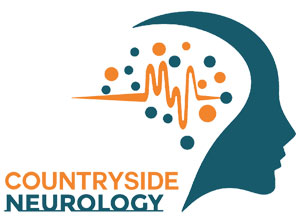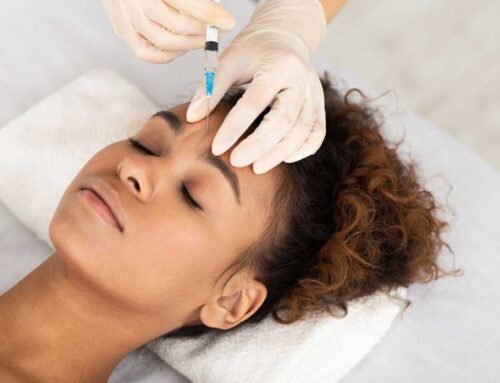Botox: It’s not just for banishing wrinkles and other signs of aging. If you tend to experience the throbbing pain of migraine headaches, chances are you’ve heard about Botox as a potential treatment option for migraines.
Botox a.k.a. a form of botulinum toxin, is a neurotoxin produced by the bacteria that causes botulism, a rare but serious condition caused by toxins that attack the body’s nerves. When purified and used in small doses on specific parts of the body, it temporarily reduces muscle contractions in the injection site for about three months.
While its cosmetic uses are what Botox is most commonly known for, that’s not what it was originally used for as a drug. In fact, it was approved by the FDA in 1989 for the purpose of treating crossed eyes and eyelid spasms, according to Penn Medicine. It’s since also been approved for the treatment of conditions such as foot pain, overactive bladder, and migraines, with that last one being one of the most common uses today, after being approved for such use in adults in 2010.
According to Violeta Avramov, MD, a neurologist in Toms River, N.J., treating migraines with Botox is effective in both men and women, though women tend to get migraines more often. There are also no contraindications with other medications when receiving Botox treatment, she says. So if you’re a migraine sufferer who hasn’t found a go-to remedy, you may want to bring up potentially adding a Botox regimen to your doctor.
How does Botox for migraines work?
When receiving Botox for migraines, the medicine will be injected around pain fibers related to headaches, according to the American Migraine Foundation. When Botox enters the nerve endings near the injection site, it blocks the release of chemicals that are the culprit of your migraine pain, preventing the activation of pain networks in the brain.
“With Botox, the frequency of migraine headaches will lessen or will stop altogether,” Dr. Avramov explains. “It works for migraine headaches because the medicine blocks neurotransmitters that carry pain signals from a person’s brain to their head and neck.”
How often do you have to get Botox for migraines?
Once a person with chronic migraines begins Botox treatment, they will get the injections every three months, Dr. Avramov says. A patient will get around 30 injections, including in their temporal area and around the eyes, as part of the treatment.
While Botox does work to prevent migraines before they start, this effect usually isn’t instantaneous, and some patients may not see effects until the second or third treatment cycle, according to the American Migraine Foundation.
How do you know if Botox for migraines may be right for you?
According to Dr. Avramov, Botox is especially helpful for people who have chronic migraines and is often covered by insurance for this purpose.
“Chronic migraines are characterized by a person having a migraine headache for more than 15 days a month,” Dr. Avramov explains. “Typically, a patient with chronic migraine has already tried other conventional medicines before they receive Botox injections.”
The bottom line: If you’ve tried other options and still haven’t found relief, talk to your doctor about potentially adding Botox to your treatment plan.
Sources:
Benton, Emilia. “What You Need to Know About Using Botox for Migraines.” Men’s Health, https://www.menshealth.com/health/a40438644/botox-for-migraines/.





